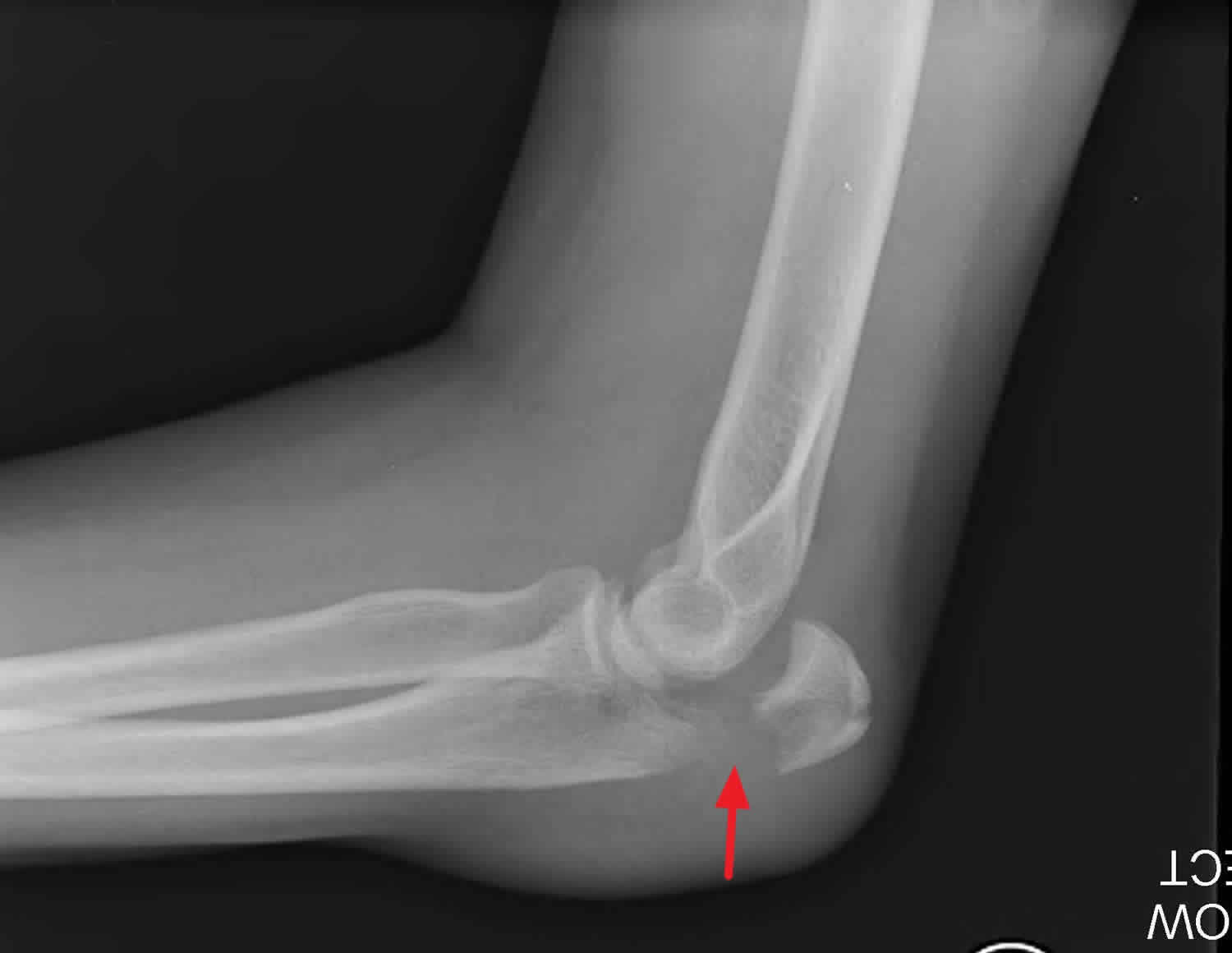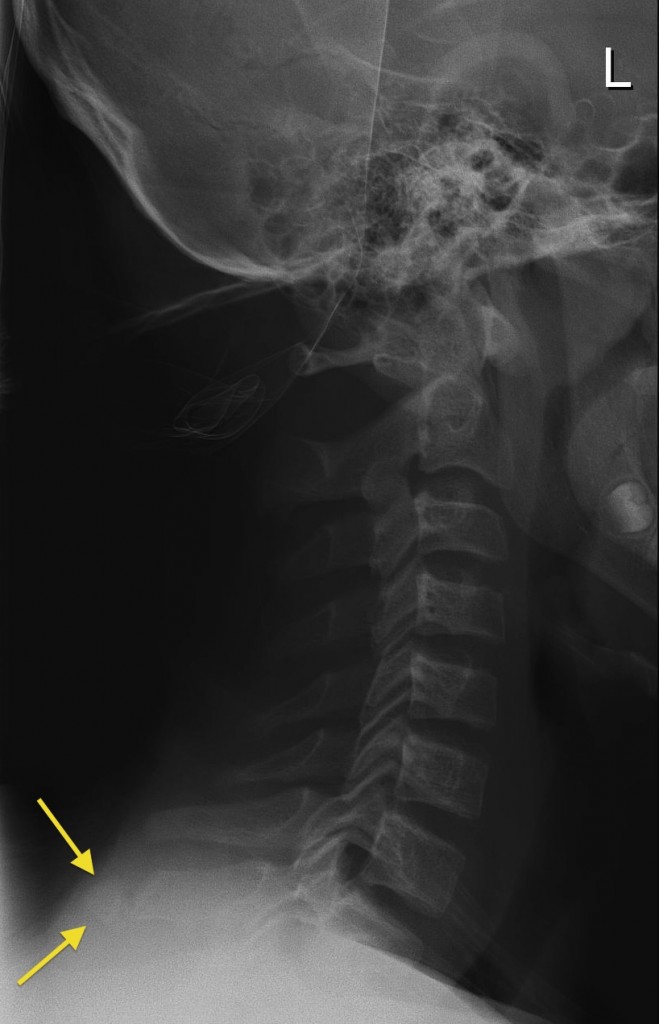

X-rays provide images of dense structures, such as bones.
#OLECRANON FRACTURE SKIN#
Check your skin for cuts, swelling, blistering, and bruising.They will then examine your elbow to determine the extent of the injury. Your doctor will talk with you about your medical history and general health and ask about your symptoms. Three major nerves cross the elbow joint. The elbow is held together by its bony architecture, as well as ligaments, tendons, and muscles. The bony point of the olecranon can easily be felt beneath the skin because it is covered by just a thin layer of tissue. The olecranon is the part of the ulna that cups the lower end of the humerus, creating a hinge for elbow movement.It glides up and down the front of the distal humerus when you bend your arm and rotates around the ulna when you turn your wrist up or down. The radial head is the knobby end of the radius where it meets the elbow.It forms the upper part of the elbow and is the spool around which the forearm bends and straightens. The distal humerus is the lower end of the humerus.The elbow consists of portions of all three bones: It is also important for rotation of the forearm that is, the ability to turn your palm up (like accepting change from a cashier) or palm down (like typing or playing the piano). The elbow joint bends and straightens like a hinge. The ulna (forearm bone on the pinky side).The radius (forearm bone on the thumb side).Strenuous task should be avoided until the fracture has healed over a period of 3-6 months.Your elbow is a joint made up of three bones: Office duties may be resumed within 2-3 weeks. You may start using the hand and elbow, as the arm gets comfortable. Pain usually starts easing within a couple of weeks. Recovery will depend to some extent on the severity of the fracture, any associated ligament injuries and the type of treatment. How long does it take to recover from a olecranon fracture? The fracture will usually heal over a period of 3 to 6 months.įragment excision: Small fractured fragments of bone may be treated by removing the bone fragments and reattaching the triceps tendon to the remainder of the bone. It consists of realigning the fragments of bone to restore the shape of the bone and then fixing the fragments with metal devices such as a plate and screws or wires the metal devices hold the position of the fragments until the fracture has healed. Internal fixation: This is the preferred method of treatment in selected displaced fractures of the olecranon. The exact nature of the operation will depend on the location and pattern of the fracture. In cases where the fracture is displaced or fragmented or if the fracture is associated with a dislocation of the elbow, the fracture may be treated with an operation. If the fracture is minimally displaced and the movements of the elbow are not impeded, this treatment is continued until the fracture has healed. As the pain in the elbow settles, you will be encouraged to start gradually moving the elbow. Whilst your arm is in a sling you will be advised to keep the fingers, wrist and shoulder moving to prevent stiffness.

The initial treatment will consist of supporting the arm in a sling, the use of oral pain medication and advice on protection of the elbow. In some instances a CT scan may be arranged to study the fracture in greater detail and help plan surgical treatmen How is an olecranon fracture treated? Non-operative treatment The diagnosis is confirmed on X-rays of the elbow. Fractures of the olecranon may be suspected from the mechanism of injury resulting in pain, deformity and bruising over the outer aspect of the elbow.


 0 kommentar(er)
0 kommentar(er)
